Earthship Biotecture Transcribed: Session 2/Part 2: Cisterns, Filtering Water, Designing Down & Layered Thinking.
I would like to thank Mike Reynolds for giving me permission to transcribe, edit and reformat this work for the Steem Blockchain! If you do read or watch this and have any questions please ask in the comments. I am happy to educate and help you to understand this. Biotecture is amazing in so many ways, and even after 20 years I still have not seen a model of sustainable building that even comes close in so many important areas such as performance, carbon footprint, longevity, ease of build, etc... Now you can also come to understand what Biotecture Really Is about!
Commentary
We continue this second part with more information about water! Last part we looked at the roof and rain water catchment and silt traps. We also showed you how to calculate how big your roof needs to be in order to catch enough water based on your rainfall. Now we start by looking at storing water and some of the options you have. Mike presents a very space efficient and cheap option of an underground cistern that is easy to make and can hold and store clean water indefinitely.
We then look at the concept of designing down, and layered thinking. This is CRITICAL to biotecture and sustainable building in general. Designing down is the cornerstone of efficient planning and design. It is a way of thinking and is the reason why right now as I am writing this from Earthship Karuna.. my entire house is drawing around 100 Watts which includes my fridge, laptop and anything else that is needed to run the house during the day! That is also why, despite it being a very cloudy day I am still able to keep going due to my very low power demands.
You can learn about the Water Organising Module, which is the official Biotecture water filter system. This system is something that you can buy or even make, and is very simply a series of finer meshes leading to a pressure pump. They are not always necessary depending on your circumstances, for example I have natural springs that I use which are high up above me and so I don’t even need a pressure pump and in fact do use a water filter machine because these days they can run on just 50 watts of power. I do also have a no power alternative to this which simply uses a micron mesh and the natural water pressure to deliver pretty clean water.
Earthship Seminar Transcription Session 2 - Part 2
Here we've developed this where it's a pretty minimal rainfall and we we make it work that way... and due to the four uses of the water. So that brings us from roof to silt catch, which is the second component, the third component is the cistern itself. We did a lot... Kirstin may have showed you pictures up at reach of the reach community of indoor cistern up there it's really nice... there's a cistern here indoors... but the downside and I've already talked to this about this to some people... the downside of an interior cistern is one... people say well hell I could make a bedroom in there and then I'm making a whole big room just for a cistern.
So it's square footage costing what it does it's kind of not that economical to make a whole room for a cistern. Second of all in the winter when icy water is coming into that cistern it's coming into the room and we're making a heat sink... so that you know as in physics the heat goes to the coolest place... so the cistern is cold water sucking all the heat out of the room. So an indoor cistern, if you want a water feature, do what we're doing at the Phoenix you'll see that today. It's just an indoor pool you know it's not a cistern because it becomes room temperature... and of course then you can grow fish in it and everything you're not going to grow fish in your drinking water ...probably... and I mean I'd try it if it could work.. So the cisterns then... we have gone through ,you see you'll see indoor cisterns ... you see we we've made cisterns out of tires, like in the green modular one there the blue circle is a tire cistern there in the old Nautilus house ... is a round blue circle ... that was a cistern made out of tires , we just plaster the inside. It's like making a whole room, it's almost as expensive as you have to put a roof on it and so on.
So it's really down to again economics time whatever. We end up buying these variable rectilinear cisterns that we can get delivered all over the place. We can get them delivered to Mexico... they have versions of it in Europe. We would have to build maybe a tire cistern... like when we when we went to the Andaman Islands this building here:
There was no resources this was this was in the Andaman Islands and under this building we dug a big hole by hand and lined the hole with rubber and just did a floor over that and that was a cistern. I mean so if you're you know in you know someplace in Africa and that's that's what we're gonna do is.. we're sort of rehearsing all the time for places we know we're going. You saw the guys digging... mining out the dirt to pound tires with in that second circle... that is going to be a the way we would do a cistern in Africa. We dig out a hole underneath the floor... we're going to make a cement dome very shallow dome floor...
Simple Underground Cistern (used for Disaster Relief in the Andaman Islands)
In other words... this is a method of doing a cistern... and we're digging out the hole like that, lining it with rubber... doing a floor over it... and going on up with the building. And so this is sort of a rehearsal over there for that. Although we're going to use it as a room in this example, but you could just line it with rubber... and we did that there and it worked fine. I mean people go to that building for water that building catches water, and they don't have Wells there... and they had some hand dug wells but they got all polluted by the wave of salt water after the tsunami... there were bodies and salt water in the wells.
So now we have come to our typical use in this country, for people building in this country... Canada, Mexico, Europe... is a sort of a vaulted variable plastic cistern. they come in 15-1,700 gallons and we hook them up in tandem so that all the water seeks its own level. They're back here on the back of the house... when you go see corner cottage across the street is the global model, and it's it's sort of 80% finished so you can see the cisterns. That's the best place to look at it... you can see the gutter, you can see the scupper and the silk catch... may or may not be in there yet. And then part of the systems are still exposed, and you'll see if something going on there that you don't want to happen. We haven't gotten around to burying all of the cisterns yet and they're full of water so the water is growing... you know it's all brown and full of algae... and the cisterns buried in the dark the water stays clear. So that's something you don't want to happen, we'll use that water for construction and clean them out and so on...
So now you got water falling from the sky on a clean metal roof... going through a silk catch... and into a cistern. All of that is sized relative to seven gallons of water a cubic foot, the square footage of roof space, and the number of people in your family. Then you've got your water, now your water goes gravity feeding through the wall into a pump panel... and the pump panel is called a WOM water organizing modul. On water harvesting over there (pointing)... there's a picture of it. It's in the closets, always in the back of the buildings. You'll see it, you should be able to find it in every house.
The key issue with it is that it's gravity fed. The reason for that is so that the pump only has to push the water into a pressure tank. It doesn't have to suck and push, and sucking and pushing wears the pump out quicker... and you can have a cheaper pump that uses less electricity. So there's something I'll keep pointing out is that every time you factor in any device that uses electricity... you want to design the building and the use of that so that it uses the minimal amount of electricity. In other words if we were pumping water from a 700-foot well that's going to take 10 PV panels just to do that. The the amount of electricity it takes to pay for to use a little-bitty pump just to push water into a pressure tank is like a hundredth of that.
Designing Down... Layered Thinking
So that's what's called designing down. We are designing the water system so it uses a minimal amount of electricity so that our electricity system can be small. So everything is... you're you're thinking about everything... it's kind of called layered thinking. As you think about sewage you're thinking about electricity... as you think about water you're thinking about sewage... as you think about water sewage and electricity you're thinking about structure... and you think all of these six points all the time... because you know again I make a lot of analogies to the human body.
It's like you're your nervous system is related to your digestive system, and your circulatory system, and if one goes foul, or awry, it's affecting the other ones. So because we've got a lot of plumbers and people that say "well you know guys haven't you heard of on the water system haven't you heard of these ultraviolet filters?" and we say... you know because they do filter out bacteria... we say they use electricity, and we don't want filters that use electricity... we barely run a pump that uses electricity.
WATER ORGANISING MODULE
So our water board (WOM) that you will see and you can see a picture of it... you'll see them installed in the building's. They're always usually always in the back hallway of the building, ask Kirsten to show them to you... it's a water board we make it... we used to we put out drawings in the second book on how to make it. And we had a lot of plumbers around the country making them and changing them... putting in you know they'd say like, "okay well these guys must not know about the ultraviolet filters"... they'd put one of those in and they'd screw up the power system on the whole house and whatever.
So we make them now we don't even provide drawings for how to make them. What they consist of is a is a simple five sixty mesh filter...it's job is really just to protect this little DC pump, that takes a very minimal amount of power... it only runs when when the pressure tank gets down low enough. The filters have to be cleanable... it's also replaceable but you can clean it for two or three years before you have to replace it. So the water gravity feeds to here from the cisterns goes through the 50 mesh filter through the pump the pump then pushes it into a pressure tank. nearby... and back out of the pressure tank. You have conventional household pressure, then it goes through another 500 mesh filter to the house... you know to the faucets... and then it goes from there on into a thousand mesh filter and which sometimes goes through a charcoal filter and into a drinking filter... a bacterial filter.
The real thing that is going for you in a system like this.... other than having control of your own water, and knowing you're always going to have it... is you don't have fluoride and chlorine in your water
So that's what you'd see on these water boards, and the drinking filter then goes to all the fixtures too. So whenever you see a sink in any one of these buildings you're gonna see three faucets hot and cold and drinking. So we filter bacteria out for drinking and brushing your teeth and stuff like that... and it turns out that there's not any more bacteria in the actual rainwater than there is in a community water system. The real thing that is going for you in a system like this... other than having control of your own water, and knowing you're always going to have it... is you don't have fluoride and chlorine in your water. Like when I when I go to any city I can't even drink the water because it just tastes like a swimming pool and I don't even want to touch it really.
Earthship Seminar Video 2009 - Session 2 -Part 2
READ PREVIOUS TRANSCRIPTS
SESSION 1
Part 1: The Global Model
https://steemit.com/ecotrain/@eco-alex/earthship-biotecture-101-learn-with-michael-reynolds-part-1
Part 2: Staying Cool: The Convection Engine
https://steempeak.com/ecotrain/@eco-alex/earthship-biotecture-transcribed-seminar-with-michael-reynolds-transcribed-part-2
Part 3: The Evolution of the Global Model Earthship:
https://steempeak.com/ecotrain/@eco-alex/earthship-biotecture-transcribed-seminar-with-michael-reynolds-part-3
Part 4: Heating your home with body heat in Norway, about permits in USA and Europe... How to get them fast
https://steempeak.com/ecotrain/@eco-alex/earthship-biotecture-transcribed-pt4-heating-your-home-with-body-heat-in-norway-about-permits-in-usa-and-europe-how-to-get-them
Part 5: How to Retrofit, Getting Permits, Tire Toxicity?
https://steempeak.com/ecotrain/@eco-alex/earthship-biotecture-transcribed-pt-5-how-to-retrofit-getting-permits-tire-toxicity
Part 6:& Bottle / Can Walls, Tyre Foundations / Snow Water
https://steempeak.com/ecotrain/@eco-alex/earthship-biotecture-transcribed-pt-6-q-and-a-bottle-can-walls-tyre-foundations-snow-water
Part 7:&: Can you insure an earthship?, the double/triple greenhouse, the global model evolution + more
https://steempeak.com/ecotrain/@eco-alex/earthship-biotecture-transcribed-pt-7-q-and-a-can-you-insure-an-earthship-the-double-triple-greenhouse-the-global-model
Part 8: Final&: Year round fruiting trees, sizing greenhouses + more
https://steempeak.com/ecotrain/@eco-alex/earthship-biotecture-transcribed-pt-8-final-q-and-a-year-round-fruiting-trees-sizing-greenhouses-more
SESSION 2
Part 1: Water, how to size your roof, choosing the right materials for water catchment.
https://steempeak.com/ecotrain/@eco-alex/earthship-biotecture-transcribed-session-2-part-1-water-how-to-size-your-roof-choosing-the-right-materials-for-water-catchment
Did you know, I built four Earthships in India as well as being instrumental the creation of the first Earthship in the UK, Earthship Brighton. If you are also on this path and would like to read my story, I have recently published a book. It is not only a great story, but a valuable resource for you to learn from. I had no experience or training when I embarked on my mission, but managed to successfully build a gorgeous home called Earthship Karuna.
You can buy this book with Steem on the homesteaders co-op. Whilst you are there please do have a look at some of the other products as there are all kinds of great things there!

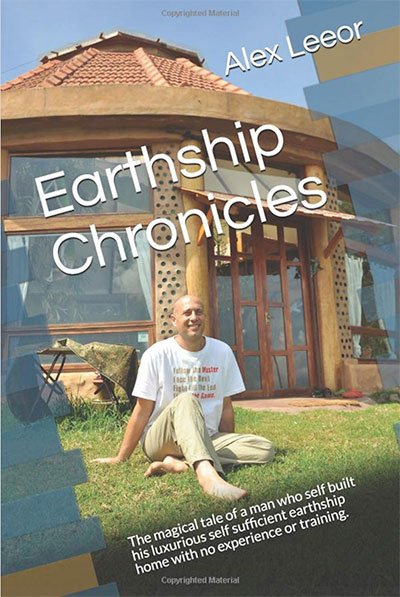
https://homesteaderscoop.com/product/earthship-chronicles-ebook/
If you don't have any Steem you can also buy the ebook and paperback on amazon.
http://mybook.to/Earthship-Chronicles
or
https://www.amazon.com/Earthship-Chronicles-sufficient-luxurious-experience-ebook/dp/B07MYCBXYB
@ecoTrain
Supporting People Who Help
Make The World A Better Place
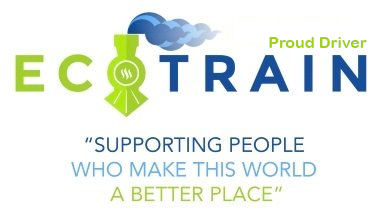
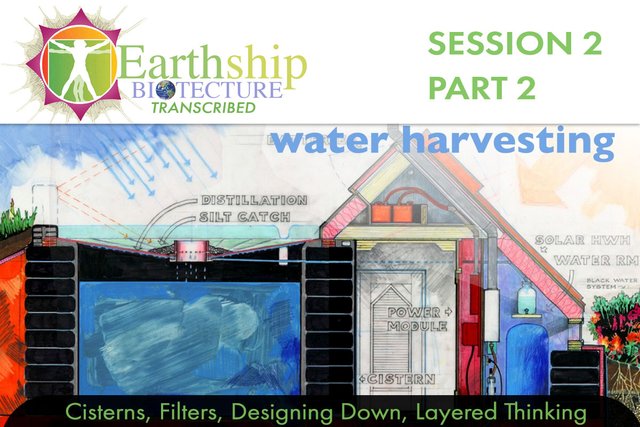
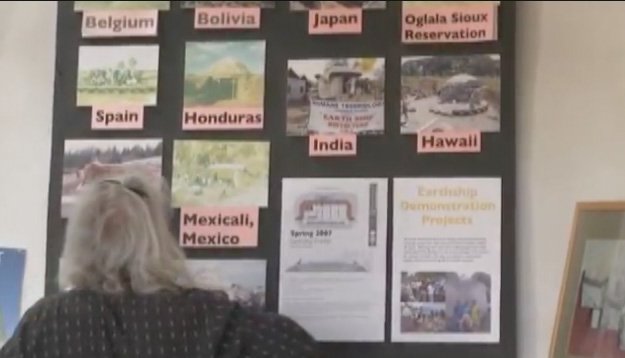
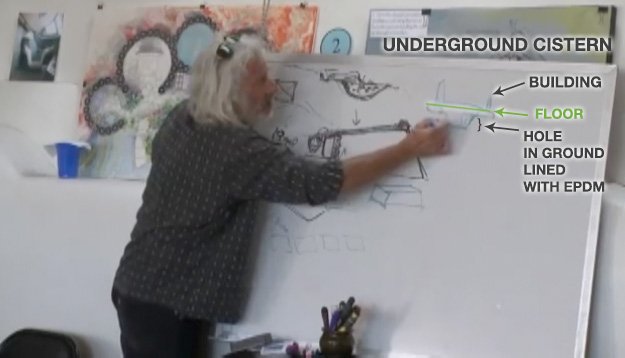
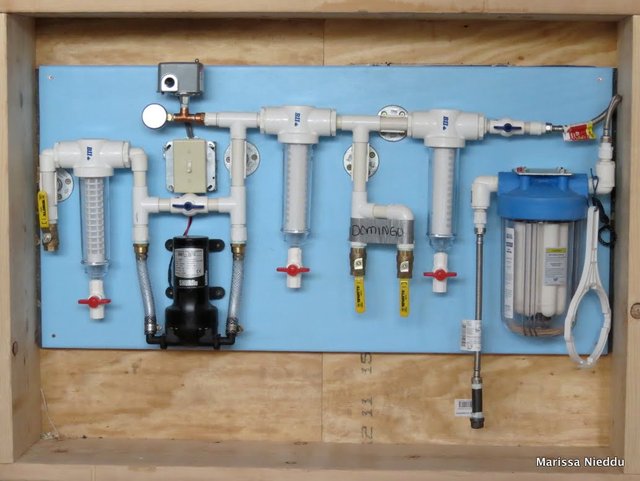



Man, I need ANOTHER HOLIDAY laying in a hammock somewhere, ONLY to read, digest and absorb this phenomenal body of teaching! Much gratitude.
Leading the curation trail for both @ecotrain & @eco-alex.
Together We’re Making This World A Better Place.
Click Here To Join the manually curated trail "@artemislives" to support quality eco-green content.
@ecoTrain
this is a good part to keep an eye on.. its pretty low tech and really important unless u have a spring or stream nearby